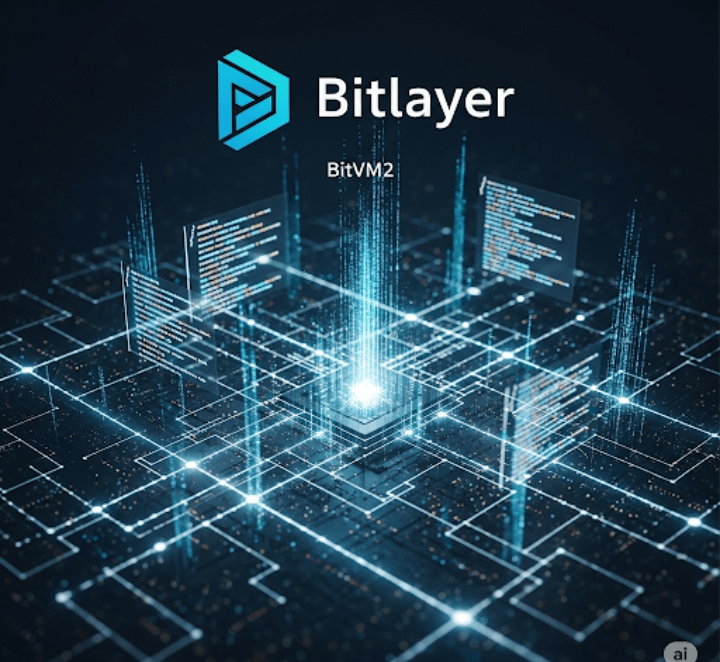The Bitcoin ecosystem, despite its solid foundation, is still exploring its potential in the field of decentralized finance (DeFi). And while there are certain solutions, they are often burdened with issues of trust, efficiency, and high fees. Bitlayer has an ambitious goal to change this by paving a clear path towards the creation of a full-fledged "real DeFi infrastructure" based on Bitcoin. Their approach is strategic and includes several key stages.@BitlayerLabs
BitVM bridge: "Trust-minimized" as the foundation
The first and fundamental step in Bitlayer's plan is the use of the BitVM bridge. As we have already discussed, BitVM is an innovative paradigm that allows for the verification of computations on Bitcoin without the need for changes to its protocol, using a dispute mechanism. The key advantage of the BitVM bridge is its "trust-minimized" nature.
Traditional bridges between blockchains often require users to trust centralized intermediaries or complex multi-signature schemes to transfer assets. The BitVM bridge, due to its ability to verify transactions at the Bitcoin level, significantly reduces this need for trust. Assets moved through the BitVM bridge can be confirmed directly on the main Bitcoin chain, providing a high level of security and transparency.
YBTC: Activating Bitcoin's potential
The next important element of Bitlayer's roadmap is YBTC. This is likely a representation of a wrapped or representative asset of Bitcoin within the Bitlayer ecosystem. Creating such an asset is necessary for Bitcoin to actively participate in DeFi protocols on the Bitlayer rollup.
YBTC will allow users to utilize their Bitcoin in various DeFi applications such as decentralized exchanges (DEX), lending and borrowing protocols, staking, and other opportunities that have traditionally been more prevalent on other blockchain platforms. Creating liquidity with YBTC is critical for developing a viable DeFi ecosystem on Bitlayer.
High-throughput Rollup: Overcoming bottlenecks
For "real DeFi infrastructure" on Bitcoin to be not only secure but also practical to use, high throughput and low transaction fees are necessary. That is why Bitlayer is betting on high-throughput Rollups.
By using rollup technology, Bitlayer shifts the bulk of transactions and computations off the main Bitcoin chain. This allows for a significant increase in the number of transactions that can be processed per unit of time and substantially lowers gas costs compared to directly operating on the Bitcoin network. And thanks to the use of BitVM2 for state transition verification, the security of these off-chain operations remains tied to the reliability of Bitcoin.
Clear goal: "Real DeFi infrastructure" for BTC
The sequential implementation of the BitVM bridge, the activation of assets through YBTC, and the use of high-throughput Rollups demonstrate Bitlayer's clear vision: to create a comprehensive and functional DeFi infrastructure directly for Bitcoin.
This approach has the potential to unlock significant value that is currently "locked" in Bitcoin, allowing holders to utilize their assets for income generation and participation in a decentralized economy without the need to switch to other, less secure blockchains. "Real DeFi infrastructure" on Bitcoin means greater liquidity, new financial instruments, and expanded capabilities for users of the leading cryptocurrency.
Conclusion
Bitlayer's roadmap looks ambitious yet strategically sound. By combining the innovative BitVM technology with practical solutions in the form of YBTC and high-performance rollups, Bitlayer aims not just to extend Bitcoin's capabilities, but also to transform it into a fully-fledged platform for decentralized finance. Successful implementation of this plan could have far-reaching consequences for the entire crypto ecosystem, ushering in a new era of DeFi based on the world's most secure blockchain.
Which aspects of this roadmap would you like to explore in more detail?

